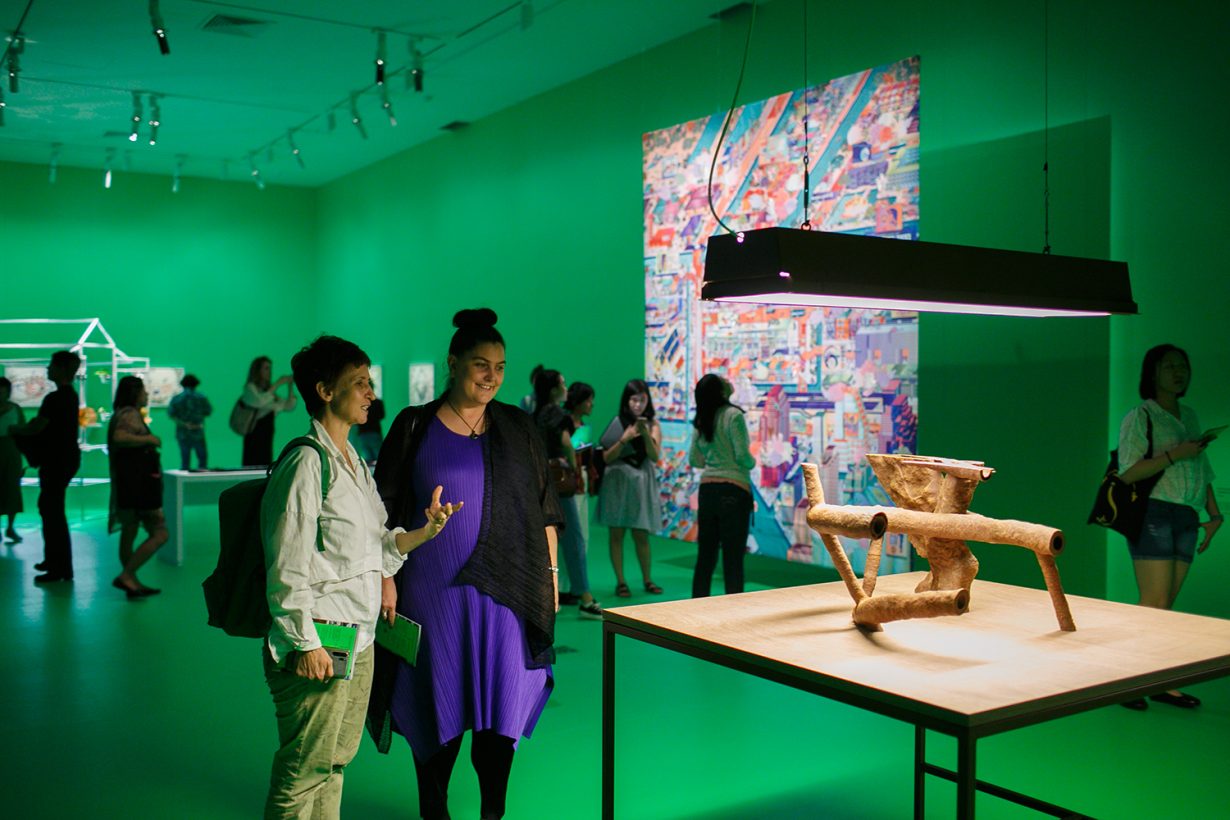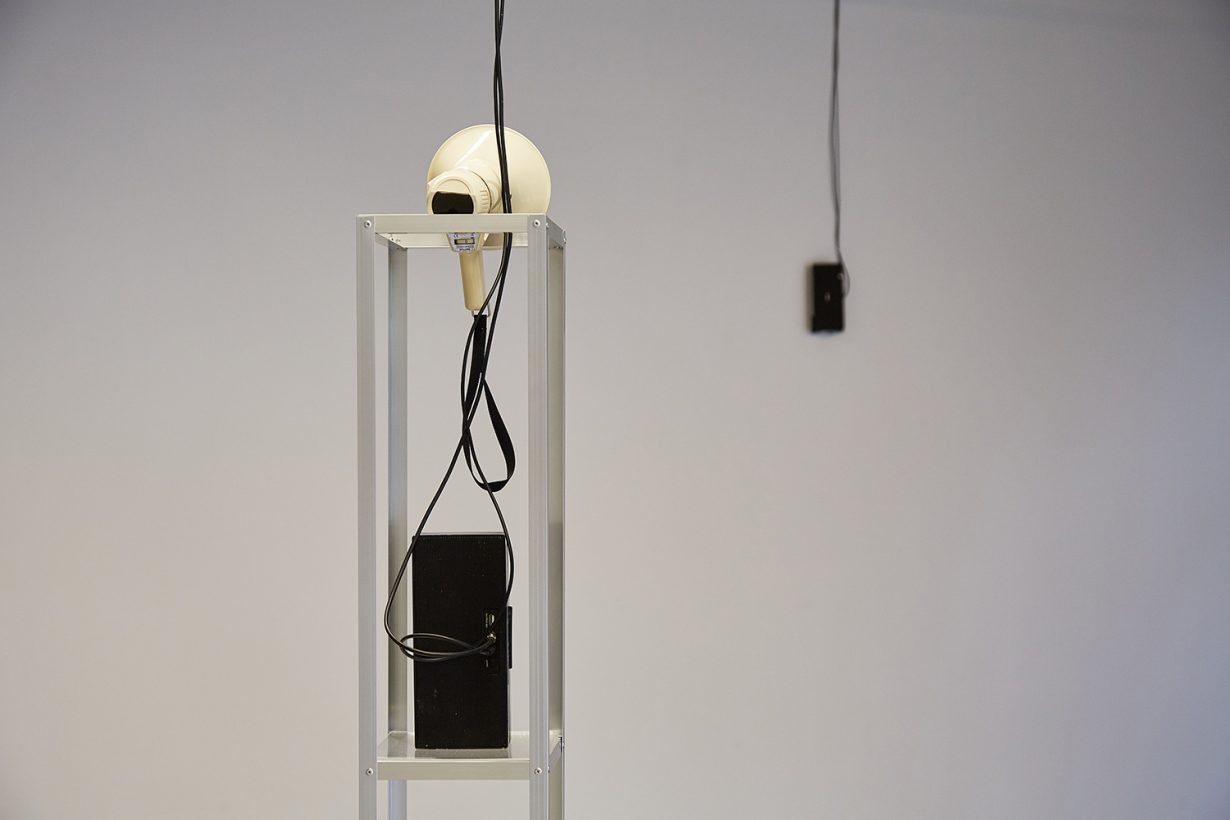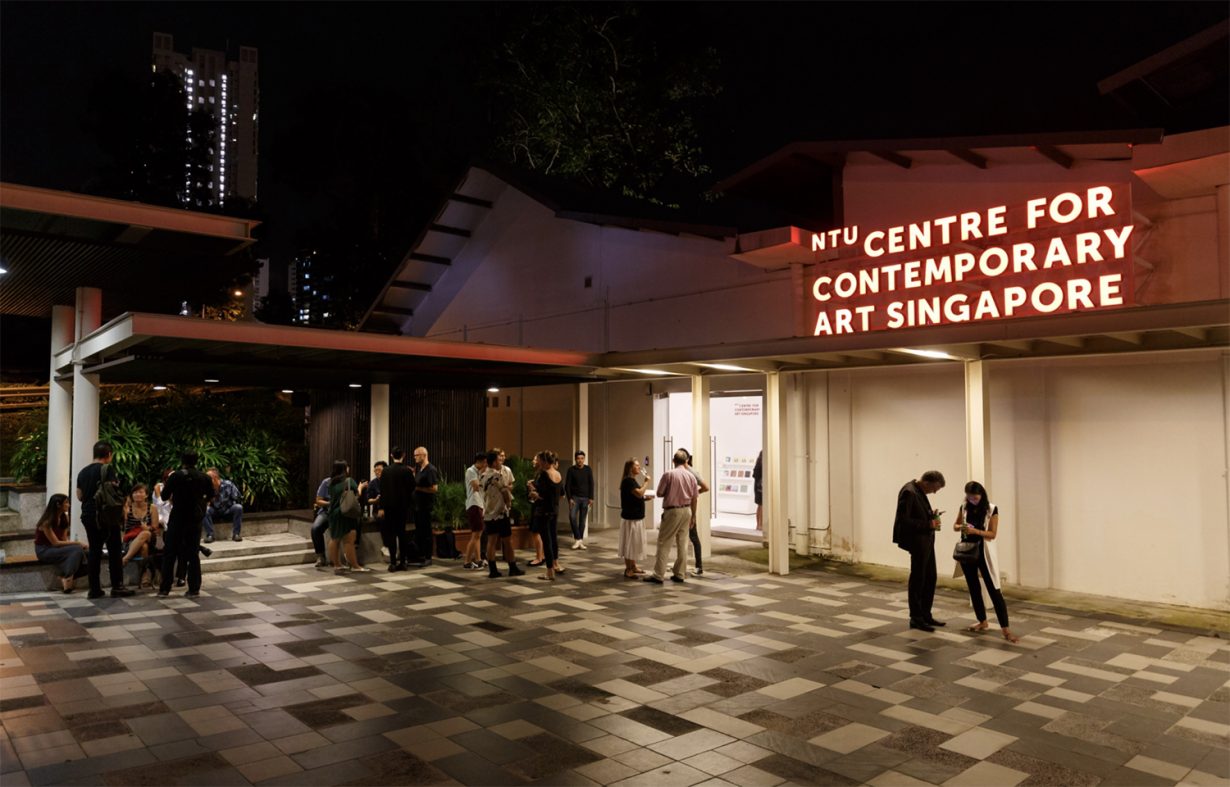The city state’s unique curatorial voices are in danger of becoming a thing of the past

Changes are afoot at the NTU Centre for Contemporary Arts (CCA) and Institute of Contemporary Arts Singapore (ICA), and as a regular visitor to both places, I can’t help but feel rather sad and confused. And what’s worse, no one seems to be able to talk openly about these developments.
From March 2021, CCA, which is headed by respected curator Ute Meta Bauer, will lose its exhibition and artist studios space in the Gillman Barracks arts cluster, leaving it only with office space for ‘research and administration’. No exhibition hall… i.e., the most crucial area of CCA. And yet the Nanyang Technological University (NTU), which administers and funds CCA, insists in its press statement that the centre will not be closing, but ‘going through a period of transition and transformation of its longer-term capabilities for post COVID-19 recovery.’
Meanwhile, the ICA, which comes under Lasalle College of the Arts, lost its director and team of curators when they left en masse late last year. Since then, its exhibition roster, which used to include international shows that responded to contemporary issues, now seems exclusively devoted to promoting the work of students, alumni and faculty. And the vacancies left by the departures are as yet unfilled.

Now, for a member of the public used to both centres’ wide-ranging, not-strictly-curricula-related shows and talks, this is bad news. What I appreciated about the old ICA was its hybrid quality: the mix of regular student showcases and small, rigorously curated exhibitions that were in critical dialogue with evolving social issues and artistic trends. The latter programme occupied a niche unfilled by any other space in Singapore: more conceptual than what you would see at the commercial galleries, edgier and less PC than at the Singapore Art Museum, and more polished than in the smaller indie spaces like I_S_L_A_N_D_S or Coda Culture. Sadly, this unique curatorial voice might become a thing of the past.
The CCA has been around for about seven years. Every time I push through its heavy doors in Block 43, greeted by the blast of air-conditioning and dwarfed by the cavernous exhibition hall, I always felt instantly smarter. I knew I would be encountering something – not necessarily riveting or entertaining – but almost definitely intelligent, consequential and backed by meticulous research. Powerful exhibitions that have stayed with me include the solos of Amar Kanwar, Yang Fudong and Allan Sekula. The interdisciplinary flavour of the shows, such as the science-meets-art-meets-architecture The Posthuman City (2019), engage with a range of pressing issues laterally and imaginatively. The CCA’s premature curtailment is a huge blow to the status and influence it has built up regionally and internationally through its exhibition roster, residency programme, publications and conferences. The move is self-evidently bad, like felling an old tree, ie WRONG.
I emailed both places to ask what was going on.
Lasalle’s reply came through pretty quickly. Its President, Steve Dixon, told ArtReview via email that ‘the status of ICA is unchanged’. There has been no director for close to a year, and its status is unchanged. OK. Throughout his response, education is placed front and centre of ICA’s purpose. He defined it as ‘the curatorial division of Lasalle and an integral part of learning and teaching’, and whose function is to ‘serve and support the Lasalle community’ (italics mine). He also describes the five galleries, which covered over 1,000 square metres, as ‘multidisciplinary learning space’.

NTU took more than five weeks to respond. The lengthy reply, filled with mumbly bureaucratese and soothing overtures about needing to refocus and share resources during challenging times, was attributed to Bauer.
She explained that a grant of unspecified amount, given by the Economic Development Board (EDB), was running dry. ‘The external grants awarded to NTU for the CCA have their own timeline, as does any grant,’ she wrote. ‘We were always cognisant of the timeframe and have been discussing, since about two years ago, how we may transform and transition after our second grant from EDB is completed.’
Strengthening CCA’s pedagogical involvement was a recurring theme. For example, she spoke of ‘increasing opportunities’ with the university’s MA programme in Museum Studies and Curatorial Practices, as well as conducting short-term courses, seminars and workshops. For greater efficiency, she talks of ‘leveraging NTU’s College of Humanities, Arts and Social Sciences, and School of Art, Design and Media for shared resources and collaborations in order to strengthen our mutual goals in research, teaching and outreach’.

What both responses had in common was the emphasis on the art centres’ connection to its parent institution – implying that these art centres will scale back on their public programming and focus on their core constituency: fee-paying students. That leaves the freeloading wider community, with whom ICA and CCA have been actively engaging in the past, out in the cold.
One could make arguments for an outward-looking, curatorially independent university art space. Like the prestige factor: CCA is a vital cultural and research hub, respected beyond academic circles and connected to the broader art world, which lent the university and its associated programmes credibility and social currency. CCA actually made NTU cool for a while. And specific to art schools like Lasalle, isn’t having a world-class arts centre on campus the best possible education for the students?
The curators at both art spaces have probably tried all these at some point. And see where that got them.
This is no longer a matter of persuading the parent institutions to maintain the old character of the art space. That ship has sailed. Going forward, the best-case scenario is that the art spaces manage to negotiate with their schools for some degree of autonomy, and that some of the old curatorial identity is preserved while also achieving its educational aims.

Is such a middle way possible? ICA’s recent exhibition, The Fabric of Sympathy, presented a glimmer of hope. Guest curated by Luke Heng and featuring artists such as Ruben Pang, PG Lee and Jodi Tan, it comprised purely Lasalle alumni. Yet it had a bit of the old-time ICA flavour: a well-shaped show that responded sensitively to the times. In a troubled age, it extols a type of practice which treats humble materials and objects with sympathy, positing artmaking as an act of care. From Liyana Ali’s long crumbly cement sculptures cast from rickety wooden moulds to Nicholas Lim’s tower of stacked instant noodle cups, the show was oddly touching, exuding a quality seldom seen in ‘best foot forward’ alumni shows: vulnerability.
So when the gallery sitter invited me to scan the QR code on the wall for more information, I was happy to do so, thinking it would lead me to captions or a curatorial essay.
What came up was a price list.
A price list at an institutional show! I mean, I did clutch at my pearls. But in the end I thought, Why not? Blatant, gauche, inappropriate or whatever, it was at least honest. These artists were pragmatic and they owned it – which is more than could be said of their alma mater.